Come dance with me, come dance
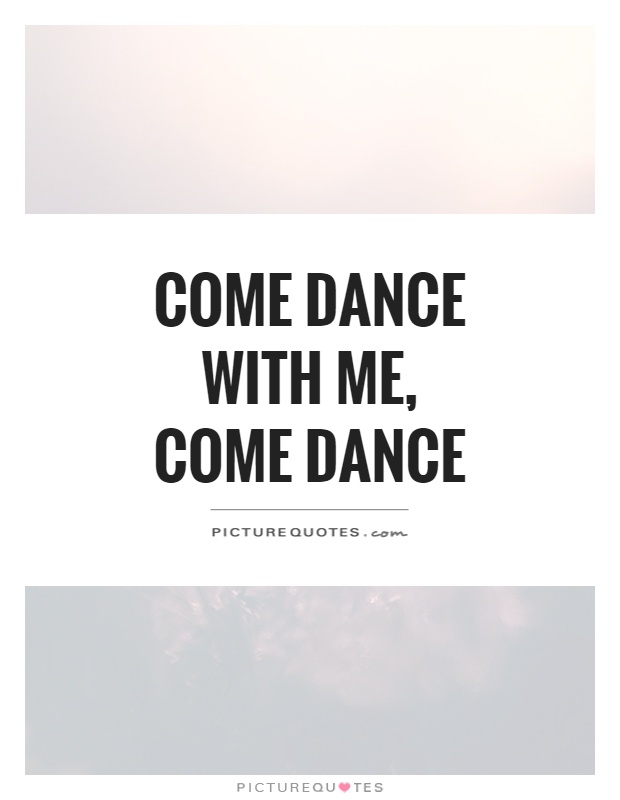
Come dance with me, come dance
Hafez, the renowned Persian poet of the 14th century, is known for his mystical and spiritual poetry that often explores themes of love, longing, and the divine. In many of his poems, Hafez uses the metaphor of dance to convey the idea of surrendering oneself to the divine and experiencing a sense of unity and oneness with the universe.The phrase "Come dance with me, come dance" can be interpreted as an invitation to join in the cosmic dance of life, to let go of one's inhibitions and fears, and to embrace the joy and beauty of existence. In the context of Hafez's poetry, this invitation can be seen as a call to connect with the divine through music, movement, and celebration.
Dance has long been a symbol of spiritual ecstasy and transcendence in many cultures, and Hafez uses it as a powerful metaphor for the soul's journey towards union with the divine. In his poems, the act of dancing is not just a physical activity, but a spiritual practice that allows the individual to experience a deeper connection with the divine and with the world around them.
Hafez often speaks of the beloved as a divine presence that calls to the soul, inviting it to join in the dance of love and surrender. The act of dancing becomes a way to express one's devotion and longing for the beloved, and to experience a sense of unity and oneness with the divine.
In one of his most famous poems, Hafez writes:
"Come dance with me, come dance
In the light of the moon
Let us lose ourselves in the music
And forget all our cares and worries"
This invitation to dance is not just a call to physical movement, but a call to spiritual awakening and transformation. Through the act of dancing, Hafez suggests, we can transcend our earthly concerns and connect with the divine essence that lies within us and all around us.
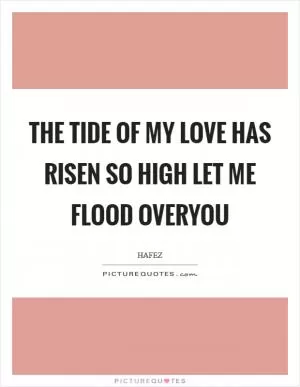
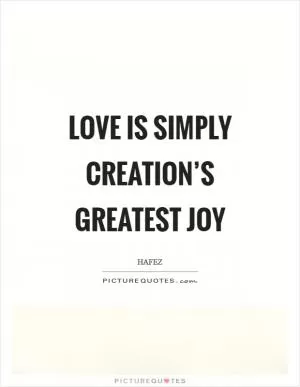
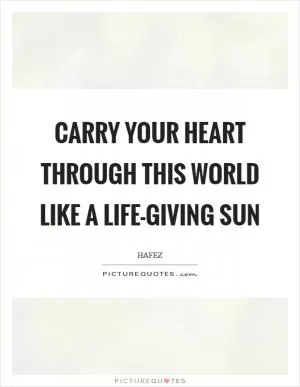
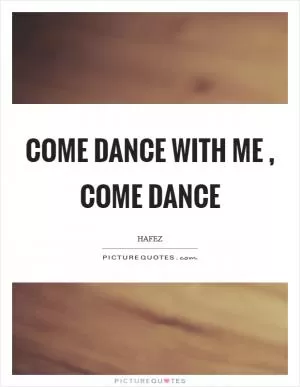





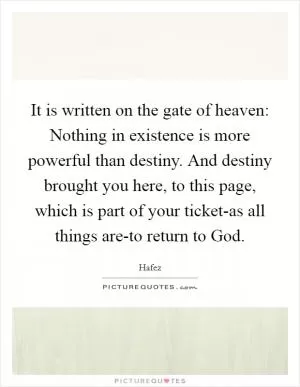


 Friendship Quotes
Friendship Quotes Love Quotes
Love Quotes Life Quotes
Life Quotes Funny Quotes
Funny Quotes Motivational Quotes
Motivational Quotes Inspirational Quotes
Inspirational Quotes